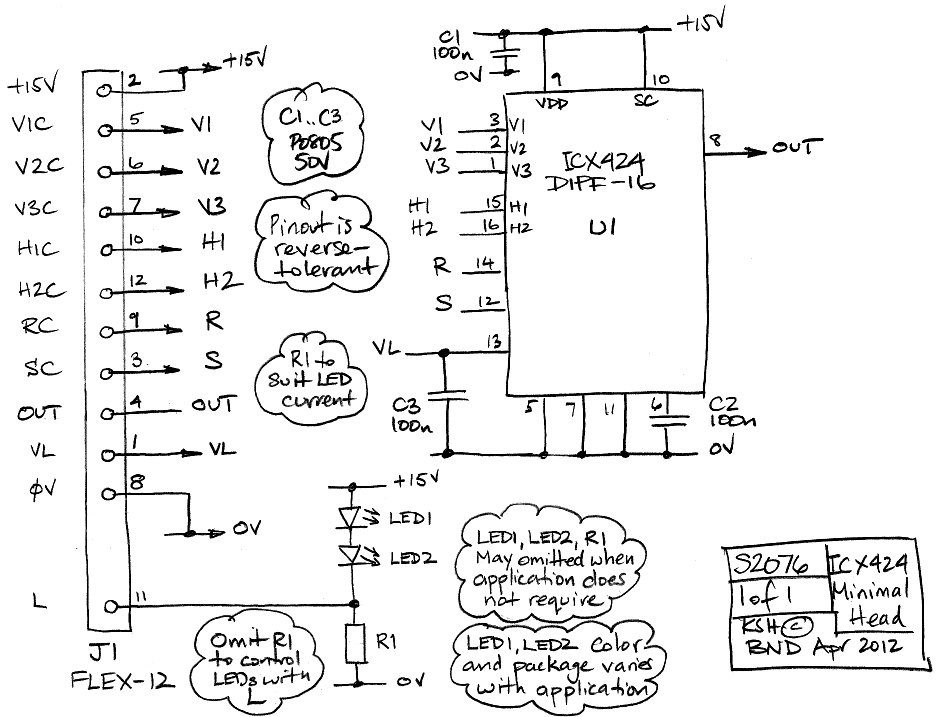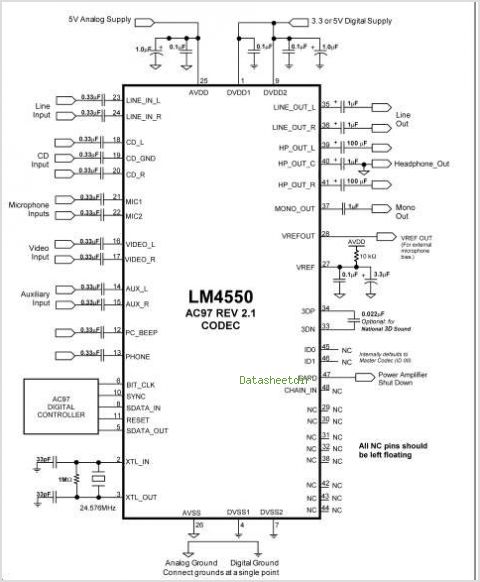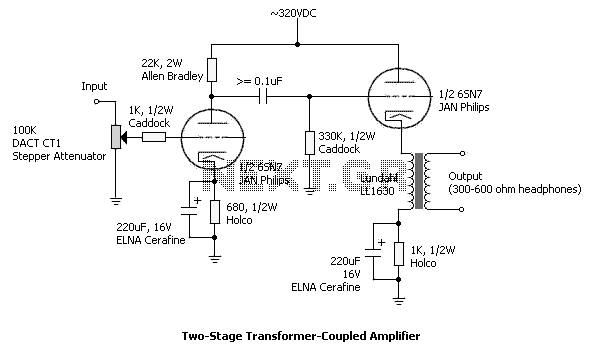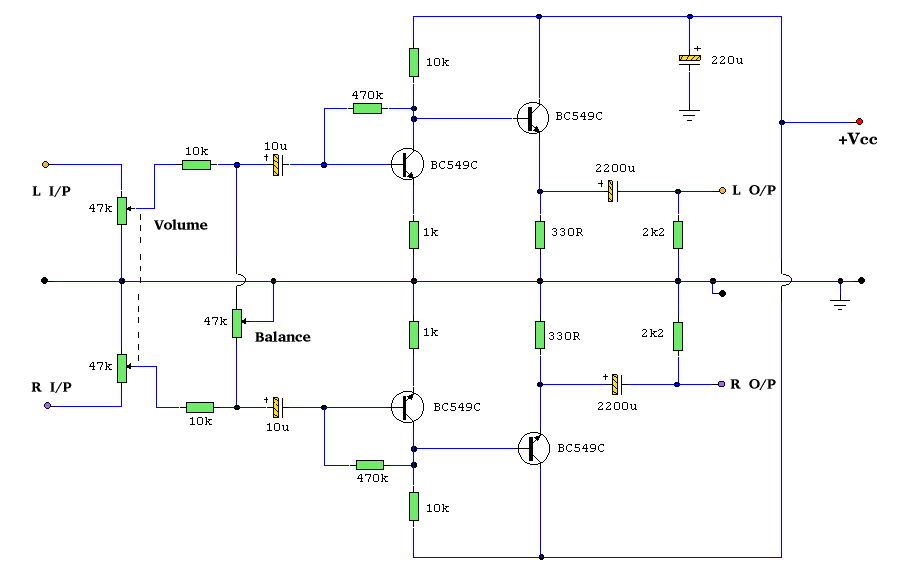
Proximity Mask Head (A2045) Manual
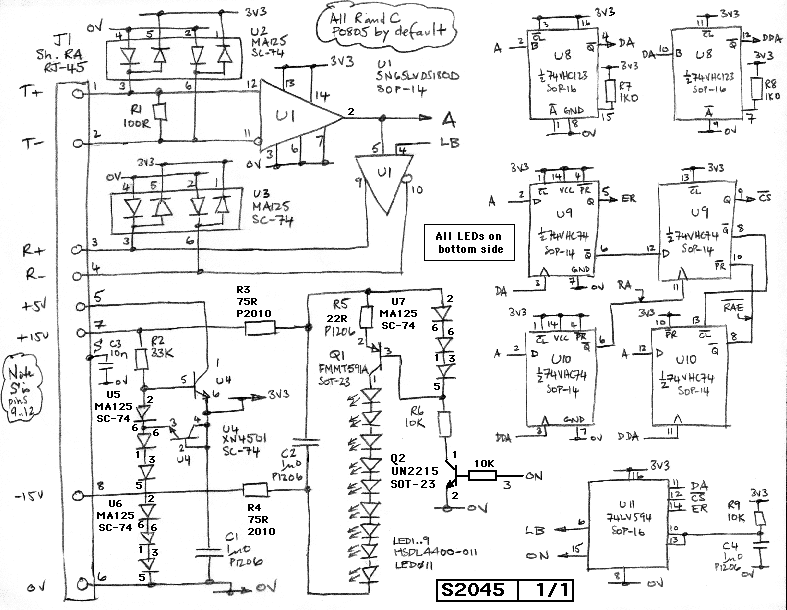
The A2045 utilizes the same circuit as the A2052. Unlike the larger A2052 board, which is mounted with three snap-top standoffs, the more compact A2045 is attached by gluing it onto a rectangular flange that fits around the underside of the board. If left powered on for more than a few seconds when glued into an enclosure, the A2045 overheats. Continuous operation for twenty-four hours is likely to damage the circuit, as detailed below. This overheating results from design miscalculations, which can be rectified in any A2045 by changing the power-dissipation resistor R3 from 47 ohms to 100 ohms. The A2045 complies with the LWDAQ Specification and is classified as LWDAQ Device type 1 for device-dependent tasks. The LED driver is designated as element number 0 or 1. Command bit allocation is as follows: the A2045 ignores DC8, which typically represents the WAKE bit for LWDAQ devices. However, the A2045 has only two states: off or on, with the off state equivalent to the usual sleep state. For further operational details, refer to the Operation section of the A2052 manual, which is also applicable to the A2045. A Proximity Mask viewed by a Proximity Camera is depicted below; the Blue Proximity Mask utilizes the A2045R, while the Black Proximity Mask employs the A2045L. The design aimed for the A2045 (and the A2052) to pass 80 mA through its nine LEDs, with the HSDL-4400 LED's maximum continuous forward current rated at 100 mA. The intention was to operate below this maximum to prolong the diode lifespan. With R5 set to 22 ohms as shown in the schematic, the circuit successfully passes 80 mA through the LEDs. However, the 1400 A2045s and 1200 A2052s produced for ATLAS were configured with R5 at 15 ohms, resulting in a current of 110 mA through the LEDs, which could potentially shorten their operating life. Additionally, the ATLAS circuits allowed excessive power dissipation in transistor Q1. Resistors R3 and R4 were only 47 ohms instead of the 75 ohms indicated in the schematic, leading to 8 V across Q1 instead of the intended 1.7 V, causing it to dissipate 800 mW instead of 200 mW. Since the transistor is designed for a maximum dissipation of 500 mW, continuous operation for twenty-four hours can damage Q1 in both the ATLAS A2045s and A2052s. Although damaged circuits may still illuminate their LEDs brightly for a few seconds, they eventually flicker and drop to roughly 1% of their previous output. Cooling the board while holding it vertically may temporarily maintain 100% power for a minute, but the LEDs will ultimately flicker and turn off. If power is removed from the circuit for five minutes, the circuit can recover, allowing the LEDs to operate at full power for a short duration again. Replacing Q1 in any damaged circuit restores functionality. Observations indicate that the failure mechanism of the transistor is not fully understood; however, similar issues were noted in five broken A2045s returned from CERN and three malfunctioning A2052s from a demonstration stand. The LWDAQ specification mandates that no LWDAQ device should be damaged by any sequence of command transmissions. However, the A2045 can sustain damage when enclosed if powered on continuously. This issue typically arises after power supply surges that cause the command register (U11) to restart in an undefined state. Random power surges at CERN have been reported to leave Proximity Mask Heads (A2045L and R) powered on until Q1 fails. Upon receiving such boards back from CERN, Q1 was replaced, restoring functionality. The design flaws are attributed to resistor R5 controlling the current through the LEDs. In the ATLAS circuits, R5 was set to 15 ohms. The three diodes of U7, a MA125, pass approximately 1 mA, and it was expected that they would drop around 0.6 V each, totaling 1.8 V. The base-emitter drop of PNP transistor Q1, a FMMT591A, is approximately 0.8 V at the LED operating current. This leaves 1.0 V across R5. With R5 at 15 ohms, the anticipated current through the LEDs was 75 mA. However, the total drop across U7's diodes is closer to 2.1 V, and Q1 at 100 °C exhibits a base-emitter drop of only 0.4 V at 100 mA. This results in 1.7 V across R5 instead of the expected 1.0 V, causing an LED current of 110 mA. With 110 mA flowing through the LEDs and R3 and R4 both at 47 ohms, these resistors drop only 10.3 V from the available ±15 V supplies. The HSDL-4400 LEDs have a typical forward voltage drop of 1.5 V at 50 mA, but the LEDs used in the A2045 and A2052 boards exhibit a forward voltage drop of only 1.3 V at 110 mA. This results in 30 - 10.3 - 1.7 = 6.3 V across Q1 at 110 mA, leading to a total power dissipation of 700 mW in its SOT-23 package, exceeding its maximum continuous dissipation rating of 500 mW in free air. The lower than expected voltage drop across the LEDs, combined with errors in the current source design, results in excessive power dissipation in Q1. Although it is too late to modify the existing ATLAS A2045s, future designs should adhere to the resistor values indicated in the schematic, where R5 is set to 22 ohms, and R3 and R4 are set to 75 ohms. For circuits currently configured with R5 at 15 ohms and R3 and R4 at 47 ohms, the most effective solution is to replace R3 with a 100-ohm resistor. This adjustment will reduce the voltage across Q1 from 6.7 V to 1.7 V, preventing overheating. This modification has been successfully applied to hundreds of existing Inplane Mask Heads (A2052), which have exhibited no damage from overheating even after continuous operation for 200 hours. Approximately 1400 A2045s and 1100 A2052s were supplied for the ATLAS experiment. The A1052 circuit is identical to that of the A2045. A table detailing the errors identified on boards returned by colleagues at CERN, which were marked as malfunctioning, is provided below.The A2045 uses the same circuit as the A2052. Instead of mounting with three snap-top standoffs, as does the larger A2052 board, the more compact A2045 mounts by gluing it onto a rectangular flange that fits around the bottom side of the board. When glued into an enclosure, the A2045 over-heats if left on for more than a few seconds. Twenty-four hours of continuous operation is likely to damage the circuit, as described below. This over-heating is the result of miscalculations in our design, and would be corrected on any A2045 by changing power-dissipation resistor R3 from 47 © to 100 ©. The A2045 is complies with the LWDAQ Specification. It is LWDAQ Device type 1 for the purpose of device-dependent jobs. The LED driver is element number 0 or 1. Command bit allocation is as follows. The A2045 ignores DC8, which is normally the WAKE bit for LWDAQ devices. But the A2045 has only two states: off or on. The off state is equivalent to the usual sleep state. Look here for the Operation section of the A2052 manual, which applies also to the A2045. The figure below is a picture of a Proximity Mask being viewed by a Proximity Camera. The Blue Proximity Mask uses the A2045R. The Black Proximity Mask uses the A2045L. We intended the the A2045 (and also the A2052 ) to pass 80 mA through its nine LEDs. The HSDL-4400 LED`s maximum continuous forward current is 100 mA. We wanted to operate below the maximum, in order to extend the life of the diodes. With the R5 equal to 22 © as shown in the schematic, the circuit does pass 80 mA through the LEDs. But the 1400 A2045s and 1200 A2052s we made for ATLAS had R5 equal to 15 ©, and so passed 110 mA through the LEDs.
This higher current will, no doubt, reduce the operating lifetime of the LEDs. Not only did the ATLAS circuits pass too much current through the LEDs, they also allowed too much power to be dissipated in transistor Q1. Resistors R3 and R4 were only 47 ©, instead of the 75 © we show in the schematic. Transistor Q1 has 8 V across it instead of 1. 7 V. It must dissipate 800 mW instead of 200 mW. The transistor is designed to dissipate only 500 mW. Twenty-four hours of continuous operation (as described here ) is enough to damage this transistor in either the ATLAS A2045s or the ATLAS A2052s.
Most damaged circuits can still flash its LEDs brightly, but not for longer than a few seconds. If we turn on the LEDs, their power output remains steady for several seconds, flickers, and drops to roughly 1% of its previous value. If we hold the board vertically, and blow on it to keep it cool, the LEDs might keep shining at 100% power for a minute, but eventually flicker and turn off.
If remove power from the circuit and wait for a full five minutes, we find that the circuit has recovered, and will drive the LEDs at 100% power for a few seconds once again. If we replace Q1 in any of these damaged circuits, the board is as good as new. We do not claim to understand this transistor failure, but we that is what we observed in all five broken A2045s returned from CERN, and all three broken A2052s from our demonstration stand.
The LWDAQ specification requires that no LWDAQ device can be damaged by any sequence of command transmissions. The A2045 in an enclosure can be damaged simply by turning it on and leaving it on. This does not happen in normal operation, but does occur after power supply surges that cause its command register (U11) to re-start in an undefined state.
Random power surges at CERN appear to have left Proximity Mask Heads (A2045L and R) turned on until Q1 fails. When we received such boards back from CERN, we replaced Q1 and they worked again. We will explain, for those who are curious, how our circuit design went wrong. (Please refer to the schematic for part names. ) Resistor R5 controls the current through the LEDs. In the ATLAS circuits, it was 15 ©. The three diodes of U7, a MA125, pass of order 1 mA, and we supposed they would drop 0. 6 V each, or 1. 8 V total. The base-emitter drop of PNP transistor Q1, a FMMT591A, will be roughly 0. 8 V at the LED operating current. This leaves 1. 0 V across R5. The ATLAS circuits had R5 of 15 ©, so we anticipated 75 mA through the LEDs. But it turns out that the diodes of U7 have a total drop of closer to 2. 1 V, and Q1 at 100 °C has a base-emitter drop of only 0. 4 V at 100 mA. We are left with 1. 7 V across R5 instead of our anticipated 1. 0 V, and the LED current is 110 mA. With 110 mA flowing through the LEDs, and 47 © for R3 and R4, these two resistors together drop only 10.
3 V of the 30 Volts available from the ±15-V supplies. The HSDL-4400 LEDs themselves have a typical forward voltage drop of 1. 5 V at 50 mA, and this is what we observed in our prototype circuits. But the LEDs we used in our A2045 and A2052 boards have forward voltage drop of only 1. 3 V at 110 mA. We are left with 30 ’ 10. 3 ’ 1. 7 = 6. 3 V across Q1, and 110 mA, or a total power dissipation in its SOT-23 package of 700 mW, well above its maximum continuous dissipation in free air of 500 mW. The lower than expected drop across the LEDs, combined with our errors in designing the current source, cause excessive power dissipation in Q1.
It is too late for us to modify our ATLAS A2045s, but if you want to make some more, we recommend that you use the resistor values shown in the schematic, where we R5 is 22 ©, and R3 and R4 are 75 ©. If you have a circuit with R5 of 15 © and R3 and R4 of 47 ©, the quickest way to fix it is by changing R3 to 100 ©.
This change will reduce the voltage across Q1 from 6. 7 V to 1. 7 V, and so avoid overheating. We applied this change to hundreds of existing Inplane Mask Heads ( A2052 ). The modified boards suffered no damage from over-heating even after continuous operation for 200 hours, as described here. We provided approximately 1400 A2045s for the ATLAS experiment, as well as 1100 A2052 s. The A1052 circuit is identical to that of the A2045. The following table lists the errors we found on boards returned by our colleagues at CERN and marked as malfunctioning in some way.
🔗 External reference
This higher current will, no doubt, reduce the operating lifetime of the LEDs. Not only did the ATLAS circuits pass too much current through the LEDs, they also allowed too much power to be dissipated in transistor Q1. Resistors R3 and R4 were only 47 ©, instead of the 75 © we show in the schematic. Transistor Q1 has 8 V across it instead of 1. 7 V. It must dissipate 800 mW instead of 200 mW. The transistor is designed to dissipate only 500 mW. Twenty-four hours of continuous operation (as described here ) is enough to damage this transistor in either the ATLAS A2045s or the ATLAS A2052s.
Most damaged circuits can still flash its LEDs brightly, but not for longer than a few seconds. If we turn on the LEDs, their power output remains steady for several seconds, flickers, and drops to roughly 1% of its previous value. If we hold the board vertically, and blow on it to keep it cool, the LEDs might keep shining at 100% power for a minute, but eventually flicker and turn off.
If remove power from the circuit and wait for a full five minutes, we find that the circuit has recovered, and will drive the LEDs at 100% power for a few seconds once again. If we replace Q1 in any of these damaged circuits, the board is as good as new. We do not claim to understand this transistor failure, but we that is what we observed in all five broken A2045s returned from CERN, and all three broken A2052s from our demonstration stand.
The LWDAQ specification requires that no LWDAQ device can be damaged by any sequence of command transmissions. The A2045 in an enclosure can be damaged simply by turning it on and leaving it on. This does not happen in normal operation, but does occur after power supply surges that cause its command register (U11) to re-start in an undefined state.
Random power surges at CERN appear to have left Proximity Mask Heads (A2045L and R) turned on until Q1 fails. When we received such boards back from CERN, we replaced Q1 and they worked again. We will explain, for those who are curious, how our circuit design went wrong. (Please refer to the schematic for part names. ) Resistor R5 controls the current through the LEDs. In the ATLAS circuits, it was 15 ©. The three diodes of U7, a MA125, pass of order 1 mA, and we supposed they would drop 0. 6 V each, or 1. 8 V total. The base-emitter drop of PNP transistor Q1, a FMMT591A, will be roughly 0. 8 V at the LED operating current. This leaves 1. 0 V across R5. The ATLAS circuits had R5 of 15 ©, so we anticipated 75 mA through the LEDs. But it turns out that the diodes of U7 have a total drop of closer to 2. 1 V, and Q1 at 100 °C has a base-emitter drop of only 0. 4 V at 100 mA. We are left with 1. 7 V across R5 instead of our anticipated 1. 0 V, and the LED current is 110 mA. With 110 mA flowing through the LEDs, and 47 © for R3 and R4, these two resistors together drop only 10.
3 V of the 30 Volts available from the ±15-V supplies. The HSDL-4400 LEDs themselves have a typical forward voltage drop of 1. 5 V at 50 mA, and this is what we observed in our prototype circuits. But the LEDs we used in our A2045 and A2052 boards have forward voltage drop of only 1. 3 V at 110 mA. We are left with 30 ’ 10. 3 ’ 1. 7 = 6. 3 V across Q1, and 110 mA, or a total power dissipation in its SOT-23 package of 700 mW, well above its maximum continuous dissipation in free air of 500 mW. The lower than expected drop across the LEDs, combined with our errors in designing the current source, cause excessive power dissipation in Q1.
It is too late for us to modify our ATLAS A2045s, but if you want to make some more, we recommend that you use the resistor values shown in the schematic, where we R5 is 22 ©, and R3 and R4 are 75 ©. If you have a circuit with R5 of 15 © and R3 and R4 of 47 ©, the quickest way to fix it is by changing R3 to 100 ©.
This change will reduce the voltage across Q1 from 6. 7 V to 1. 7 V, and so avoid overheating. We applied this change to hundreds of existing Inplane Mask Heads ( A2052 ). The modified boards suffered no damage from over-heating even after continuous operation for 200 hours, as described here. We provided approximately 1400 A2045s for the ATLAS experiment, as well as 1100 A2052 s. The A1052 circuit is identical to that of the A2045. The following table lists the errors we found on boards returned by our colleagues at CERN and marked as malfunctioning in some way.
🔗 External reference
Warning: include(partials/cookie-banner.php): Failed to open stream: Permission denied in /var/www/html/nextgr/view-circuit.php on line 713
Warning: include(): Failed opening 'partials/cookie-banner.php' for inclusion (include_path='.:/usr/share/php') in /var/www/html/nextgr/view-circuit.php on line 713

